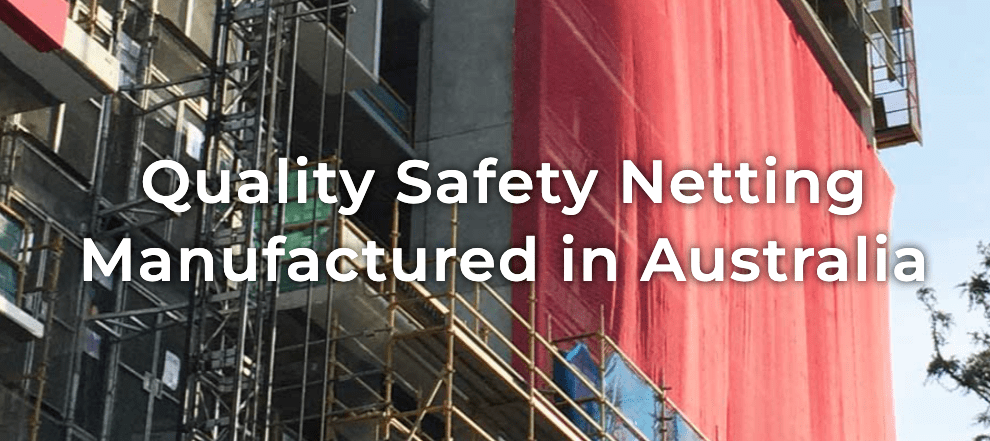
Fall Arrest vs Fall Restraint systems
Fall Arrest
If you’ve ever been in the construction industry, you know how important it is to have the right safety equipment for any job. Accidental falls while working are one of the leading causes of worker injuries. But do you know the difference between accident safety and fall protection? In this blog post, We explain everything you need to know about these two security systems and how they can help protect your employees
Introduction
Fall protection systems and fall protection systems are two common solutions used to protect workers from falls in hazardous work environments. Fall protection systems are designed to stop people from falling, but fall protection systems prevent people from reaching the edge of an area where they could be injured.
Typically, a fall arrest system consists of harnesses, ropes, and anchors attached to a safe position on a building or structure. In the event of a fall, the rope closes the container and stops it before it reaches the ground.
In contrast, a fall arrest system works by providing a tether attached via an attachment point to a safety harness worn by workers when working near edges. The Gear is designed to limit how far someone can stray from the ledge, limiting their movement if they get too close to a ledge or drop zone. These safeguards should be implemented where fences or gates do not impede access and should be combined with other safety measures such as workplace inspections and safety training.
Both types of safety systems offer significant life-saving benefits to workers.
What is Fall Arrest?
A fall arrester is a type of safety system designed to protect people from falls. This includes the use of specialized equipment such as hooks and lines attached to anchors or other rigid structures, ensuring that falls are caught before they hit the ground. The roof anchor system and rope restraints are designed to catch people before the horizontal bump becomes too great, minimizing the impact of a fall. This is often referred to as an automatic fall protection system. Another tool here is to use of a safety net. Safety nets are another fall prevention safety system, the types of nets can be fan nets, overhead garbage nets, barrier nets, skylight, and sump nets, stepped nets, and surface nets. Fall arrest systems are widely used in high-risk work environments such as construction sites and industrial facilities, where the probability of falling from a height is highest. Provide your employees with the protection they need and a safe workplace. In addition, fall protection systems also help reduce the risk of injury from falling by providing additional protection in the event of an accident.
Fall Arrest Safety Nets will train your team on the most effective methods of using safety nets in the field.
What is Fall Restraint?
Fall restraint and fall arrest systems are two important elements of a comprehensive workplace safety program and fall prevention systems. Fall restraint systems are designed to prevent workers from reaching the edge of a hazardous area, while fall arrest systems are designed to stop a person after they have already fallen.
Fall restraint systems typically use lanyards and other equipment that restricts movement in order to keep workers away from the edge. This type of system is ideal for areas with steep edges or heights, such as roofs and balconies. The lanyard length is usually fixed and it may also be attached to an anchor point or guardrail to provide further protection.
Fall arrest systems, on the other hand, use equipment like harnesses and ropes that allow workers to move around freely but are designed to stop them from hitting the ground if they do happen to fall. The harness should be attached securely at all times in order for it to be effective. These types of systems are used mostly in situations where there isn’t a ledge or railing available for protection, such as when working at height on construction sites.
Both fall restraint and fall arrest systems play an important role in keeping workers safe when working at height or near sharp edges or the roof edge.
Advantages of Fall Arrest
Fall arrest systems are designed to protect workers from serious injury or death if they were to fall. The system works by stopping the worker in the process of a fall and absorbing some of the energy created by the fall. This helps to reduce the risk of serious injury or death.
The standard fall arrest system includes an anchor point, a safety lanyard or self-retracting lifeline, and a harness. The anchor point should be securely attached to a structural part of the building, while the lanyard should be worn by the worker in order to keep them connected to the anchor point at all times when working at height. The harness should then be worn around their body so that in the event of a fall, it will act as a shock absorber and help to distribute some of their weight and provide extra support.
The main advantage of using a fall arrest system is that it allows unrestricted movement while working at height where there is a risk of falling. It also stops any falls from occurring before they can cause serious harm or death, providing peace of mind for both employees and employers alike. In addition, if there is an accident on site that involves someone falling from height, then having this type of system in place may provide evidence for insurance companies.
Disadvantages of Fall Arrest
Fall arrest systems are designed to protect workers from the risk of a fall from a great height and the potentially severe injuries or even death that could result. However, there are certain disadvantages of using a fall arrest system, especially when compared to the alternative of using a fall restraint system.
One disadvantage is that with a fall arrest system you do not have unrestricted movement for the worker where there is a fall hazard present; instead, they must be attached to an anchor point or lifeline at all times. This can be restrictive and uncomfortable, as well as lead to fatigue if they need to work in this way for long periods of time.
Also, since an arrest system stops the worker once they have already begun falling it does not prevent them from accessing any potential hazards in the first place. Therefore it is often recommended that employers employ both systems together so that workers are protected against falls while also being prevented from reaching any possible hazards in the first place.
Finally, although an arrest system will stop someone who has already begun falling it will not necessarily eliminate any injury sustained in a fall due to its sudden stop mechanism; whereas with restraint equipment it is more likely that no injuries will occur due to its prevention method and fall restraint device.




